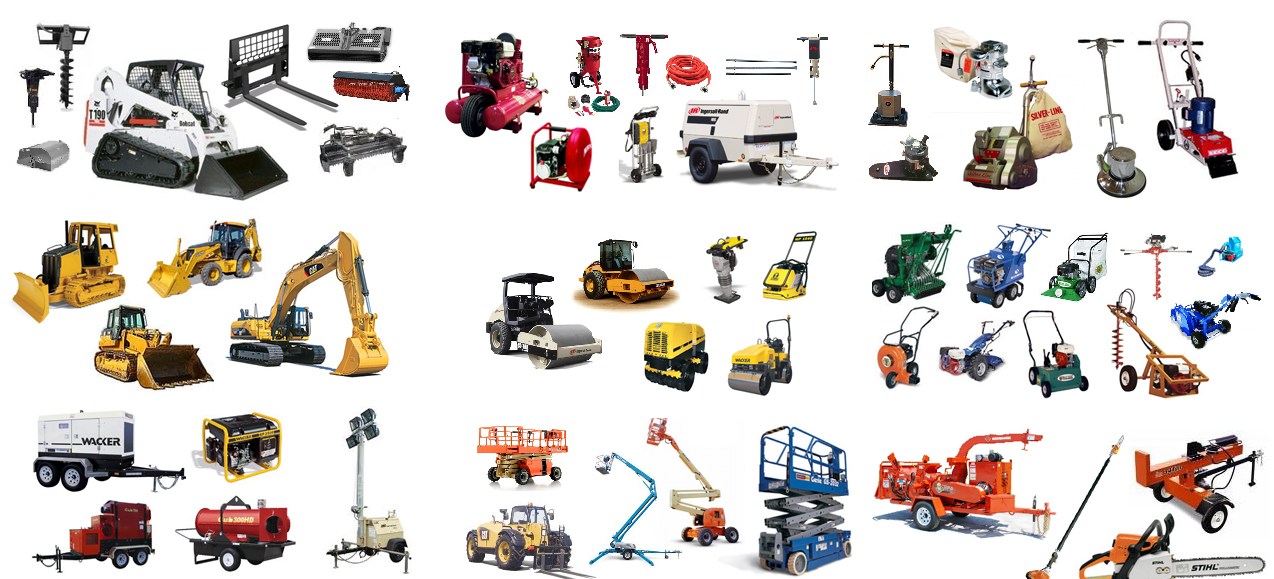Scissor Lift Rental: Safe and Reliable Lifting Solutions
Scissor Lift Rental: Safe and Reliable Lifting Solutions
Blog Article
Maximize Your Spending Plan by Understanding the Expenses Connected With Building Equipment Leasings
Recognizing the complete scope of costs linked with building devices leasings is important for maximizing your spending plan. What strategies can be employed to efficiently manage these prices and ensure a more effective rental experience?
Review of Rental Costs
When considering building tools leasings, recognizing the connected expenses is vital for efficient budgeting and project planning. Rental expenses can differ significantly based upon a number of aspects, consisting of tools kind, period of rental, and location. The initial rental charge frequently reflects the equipment's market need and its connected functional capabilities, affecting the general expense.
In addition to the base rental price, supplementary expenses may develop, such as transportation costs, fuel surcharges, and maintenance charges. It is important to account for these added expenditures to precisely assess the overall cost of leasing equipment. The rental duration can influence pricing; longer leasings might qualify for affordable prices, while short-term rentals could incur higher everyday charges.

Breakdown of Rental Rates
A comprehensive understanding of rental prices is vital for specialists and project supervisors aiming to enhance their budget plans. Rental rates for building and construction devices generally are composed of a number of parts, including base rates, time-based costs, and use charges.
Base rates are the core costs connected with the rental of the tools, often determined by the type and dimension of the equipment. These rates can vary substantially, influenced by elements such as equipment demand, availability, and regional market fads. Time-based costs, which may be daily, weekly, or monthly, serve to suit various job timelines and rental periods.
Additionally, rental rates may include use costs, which are suitable when equipment is made use of past a specified threshold, making certain that the rental firm can account for deterioration. Seasonal demand variations can additionally affect rental rates, with peak construction periods usually regulating higher rates.
In addition, comprehending the rental company's plans concerning upkeep and insurance can supply further insight right into the general price structure. By evaluating these elements, contractors can make enlightened choices, ensuring the selection of rental equipment aligns with both job demands and spending plan constraints.
Added Fees to Consider
Comprehending the complexities of additional charges is crucial for contractors to manage their general rental costs effectively. Past the basic rental rates, numerous additional charges can substantially affect the total cost of tools leasing. These costs usually consist of shipment and pick-up fees, which can vary based upon distance and logistics included in transporting the tools to and from the task site.
Furthermore, some rental business may impose gas additional charges if the devices is returned with much less fuel than when leased. It is likewise important to understand prospective cleaning costs, particularly for specific equipment that requires complete maintenance after use.

Completely examining the rental agreement and clearing up these extra fees in advance can assist specialists stay clear of unanticipated costs and guarantee that budgets stay intact throughout the job lifecycle.
Maintenance and Fixing Expenditures
Regular maintenance and repair service expenditures are commonly forgotten factors that can substantially tractor with loader and backhoe for sale influence the general expense of building equipment rentals. When leasing equipment, it is crucial to take into consideration not only the rental fees but also the potential expenses connected with maintaining the machinery in optimal operating condition.
Several rental companies consist of fundamental upkeep as part of the rental arrangement; nonetheless, much more extensive fixings or unexpected breakdowns can lead to additional costs. It's necessary to review the rental agreement very carefully to recognize what maintenance services are covered and what responsibilities drop on the occupant.
In addition, tools that is not properly maintained can lead to inefficiencies on duty site, possibly creating hold-ups and boosting job expenses. To mitigate these threats, it is a good idea to perform regular assessments and preserve open communication with the rental company pertaining to any issues that occur during usage.
Insurance Policy and Liability Prices
Insurance coverage and responsibility expenses are essential parts that can substantially influence the general cost of construction equipment rentals (heavy equipment rental). These prices guarantee that both the rental business and the client are secured from possible financial losses emerging from mishaps, damage, or burglary throughout the rental duration

Furthermore, clients ought to know any type of deductibles or exemptions in the insurance plan, as these can influence possible out-of-pocket expenses. Recognizing the conditions of any type of insurance policy coverage is crucial to stay clear of unanticipated prices. Eventually, budgeting for insurance coverage and responsibility expenses can assist make certain a smoother rental experience and protect against financial dangers associated with building jobs.
Final Thought
To conclude, a detailed understanding of a fantastic read the costs connected with building equipment services is necessary for effective budget plan administration. By assessing rental rates, added costs, maintenance costs, and insurance policy requirements, organizations and individuals can minimize unexpected expenditures. This strategic approach not only improves cost-effectiveness but likewise ensures that jobs proceed efficiently and successfully. Ultimately, notified decision-making regarding equipment services adds to the overall success of building endeavors.
Rental costs can differ significantly based on several aspects, including equipment kind, duration of leasing, and location (construction equipment rentals). The rental duration can impact prices; longer leasings may qualify for reduced rates, while temporary leasings could incur greater everyday fees
By performing complete research and engaging with trustworthy rental firms, contractors can properly navigate the intricacies of rental prices, inevitably optimizing their monetary sources.
Beyond the common rental rates, different supplementary charges can dramatically influence the complete cost of tools service. Rental companies typically offer responsibility insurance that covers injuries to third parties or damages to building, while devices damage insurance coverage can cover the price of repair work or replacement if the rented tools is harmed.
Report this page